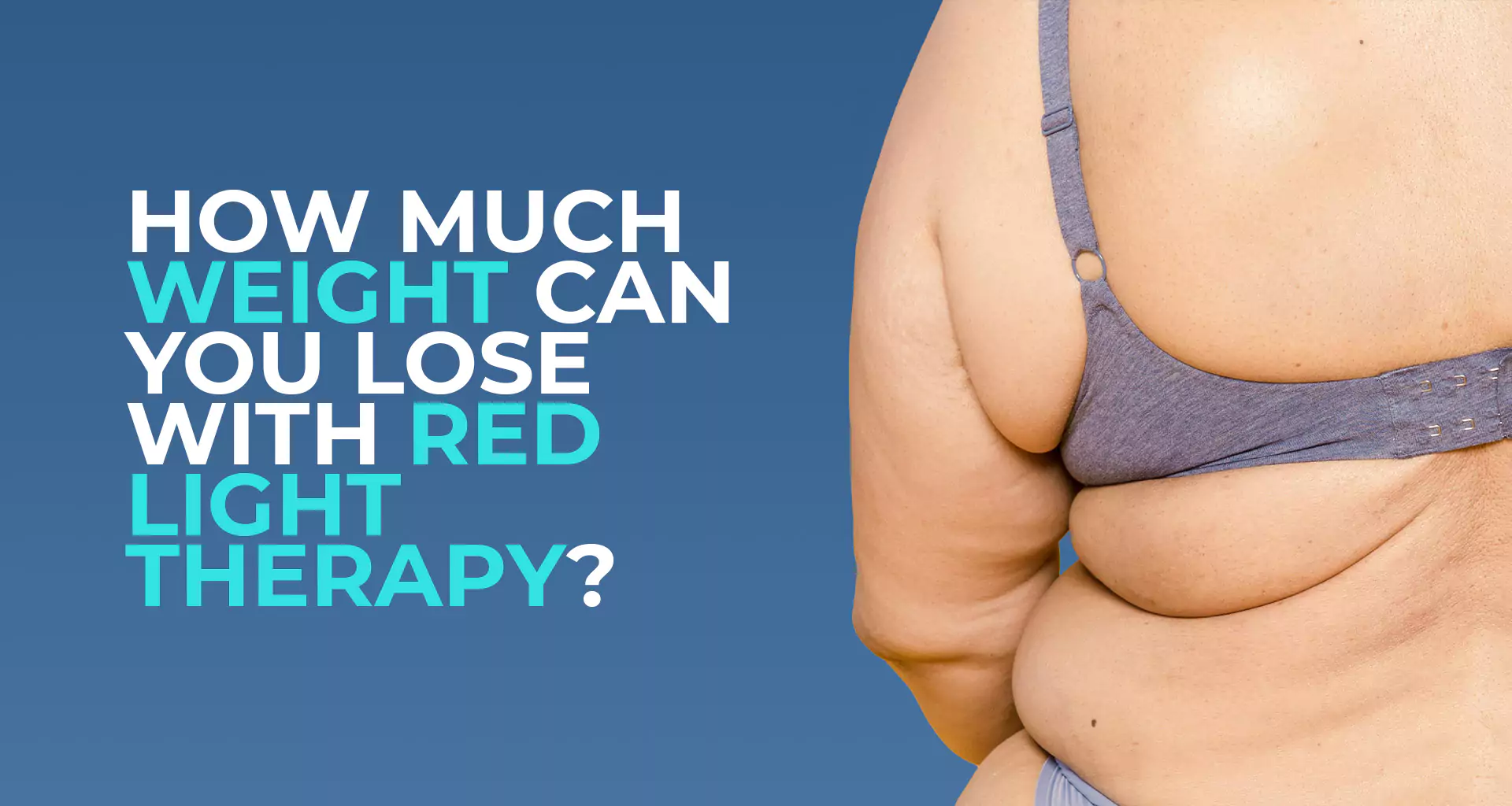
We’ll shoot straight: Yes, Red Light Therapy helps with weight loss, but the results are modest and temporary unless you also maintain a calorie deficit diet and continue to exercise.
Research done in small clinical trials shows participants lost an average of 0.5–2 kg over 4–6 weeks.
However, there is no set amount of weight that you can lose because Red Light Therapy doesn’t directly cause weight loss.
Instead, it helps with inch loss by breaking the contents of fat cells.
You still have to burn it off.
But all in all, while these study results are impressive, Red Light Therapy is best viewed as a complement to a healthy lifestyle, not a standalone solution.
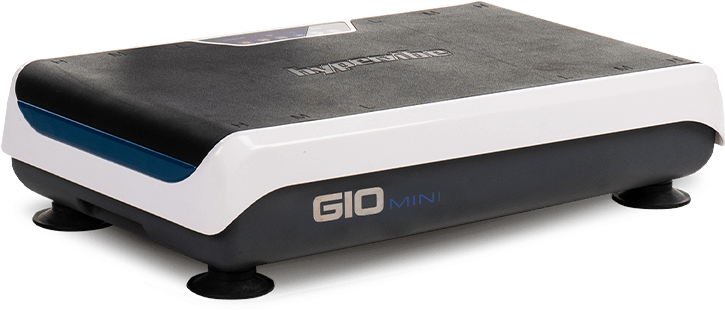




Red Light Therapy (RLT), also known as photobiomodulation, is a non-invasive treatment that, in most cases, uses low-level Red and Near-Infrared light in the 630–850 nm wavelength spectrum to stimulate cellular function.
These light wavelengths penetrate the skin at different depths, and then they are absorbed by the mitochondria—the energy powerhouses—in cells.
This stimulates ATP (adenosine triphosphate) production, triggering a variety of therapeutic effects.
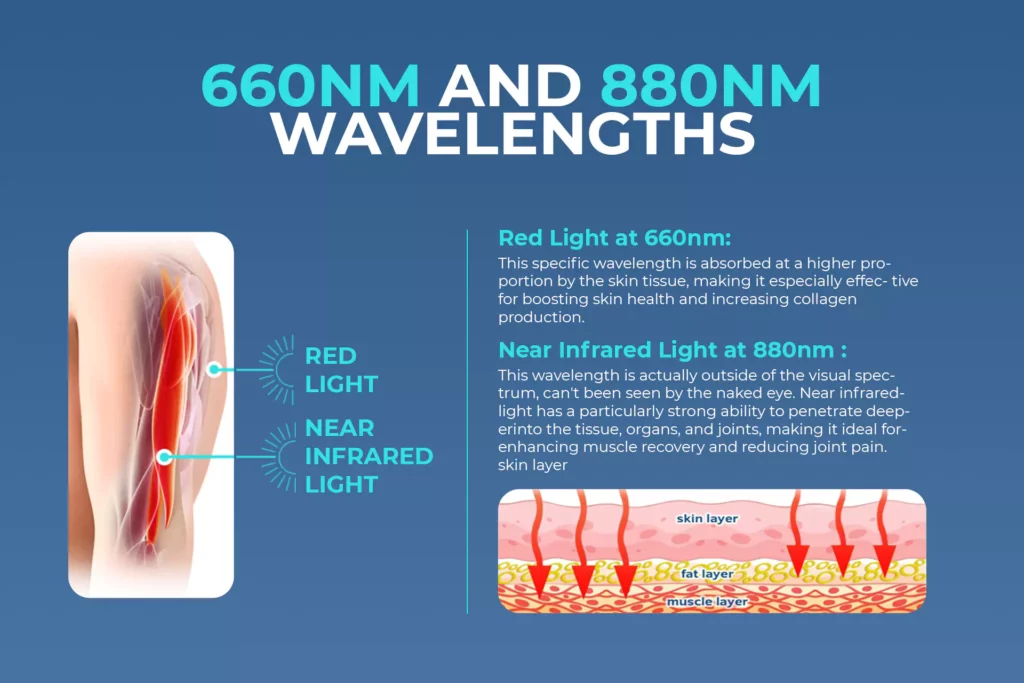
Illustration of red light wavelengths penetrating the fat layer
This means you should eat a healthy diet and stay active for significant weight loss.
Ideally, RLT doesn’t burn fat in a caloric sense like traditional methods.
Instead, it prompts the fat cells to release fatty acids and glycerol.
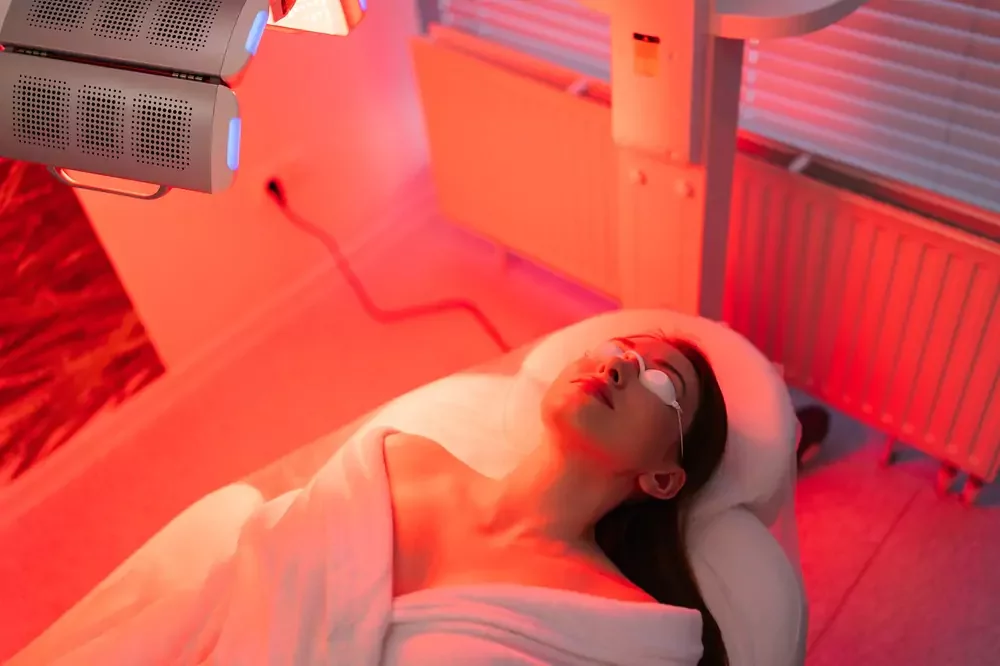
woman receiving red light therapy
Let’s dissect what happens during Red Light Therapy:
Let’s dissect what happens during Red Light Therapy (in research, this can also be called LLLT Therapy for Low Level Laser Therapy):
|
Study |
Participants |
Protocol |
Result |
Note |
|
689 participants |
6 LLLT (low-level laser therapy) treatments over 2 weeks |
Mean reduction of 3.27″ in waist, hips & thighs. |
Neither fluid nor fat relocation was the cause of the decrease. |
|
|
18 females |
Treatment plan of 12 LLLT sessions (red, infrared, and blue), administered twice weekly. |
100% of subjects saw reduced abdominal girth. |
Red Light Therapy can reduce belly fat. |
|
|
64 obese women |
Exercise training plus LLLT or a sham placebo for 20 weeks |
The LLLT group saw more fat loss and better metabolic flexibility. |
LLLT boosted exercise results in women on weight loss programs. |
If you want to try RLT out, here’s what to expect based on data:
For the number on the scale to go down, your body still has to burn off the released fat, and that mainly comes down to your diet and how active you are.
All this to say, it’s hard to answer whether Red Light Therapy makes you lose weight.
`It’s a complex question because RLT facilitates the process but doesn’t complete it on its own.
And that’s why you’ll notice that while the results are promising at first, they quickly plateau and finally disappear.
The right approach to RLT depends on the device you’re using, but the core principles of consistency and proper application remain the same.
If you understand how this form of therapy works, then achieving your targeted weight is possible.
How often and how long you do RLT sessions depends a lot on the power of the device you use.
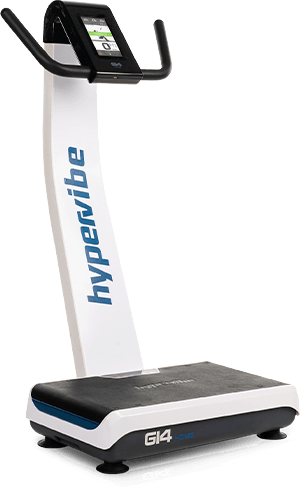




Wavelengths penetrate the skin at varying depths:
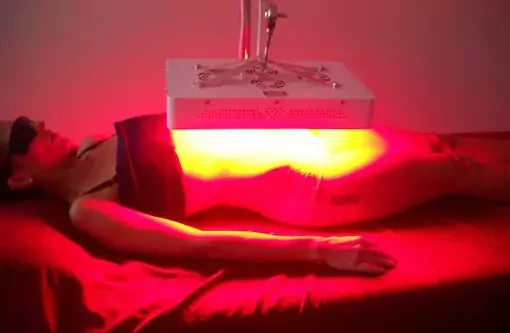
A woman lying on a bed receiving red light therapy from a specialized device placed over her abdomen
Red Light Therapy can be effective for weight loss; however, it may have some side effects.
A common side effect is mild skin redness, which usually fades fast.
It can also negatively affect your eyes with prolonged exposure, so always wear eye covering (e.g., goggles or an eye mask).
While RLT is generally safe, it is contraindicated for certain situations.
If you’re pregnant or going through cancer treatment, it’s best to check with your doctor first.
Also, if you have darker skin, some adjustments are required.
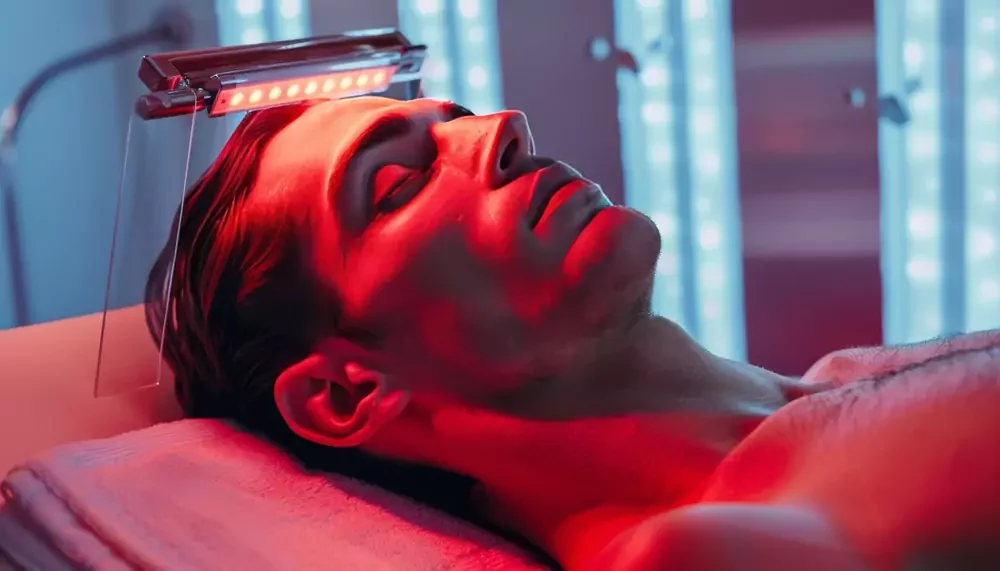
man receiving red light therapy
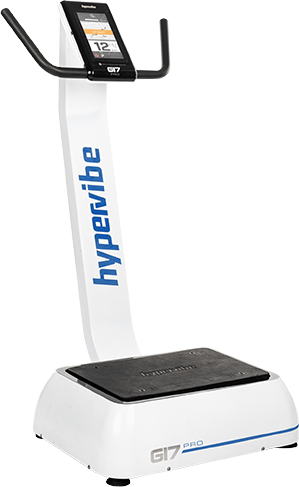




Red Light Therapy works best when it’s part of a comprehensive plan, not used on its own.
When you combine it with proven methods like eating in a calorie deficit, resistance training, and whole-body movement, that’s where the magic happens, especially in those stubborn areas.
At the end of the day, fat loss comes down to burning more calories than you take in.
Red Light Therapy makes fat more available for your body to use as fuel.
However, it is diet and movement that actually burn it off.
A good combination to try is RLT plus Whole Body Vibration (WBV) if you are targeting weight loss.
WBV also supports fat loss and muscle strengthening in individuals who are overweight or obese.
A systematic review of WBV training in overweight and obese people found that it led to big drops in fat mass and systolic blood pressure, as well as an increase in strength in the lower body.
This combo is interesting because the vibration can help burn the fatty acids that RLT releases away from the fat cells more effectively, which leads to results that are more noticeable and last longer.
Not on its own.
According to research, the effects of the therapy are temporary, as they only encourage fat cells to release their contents, rather than destroying them.
If you want results that last, maintain a consistent calorie deficit diet and a regular exercise routine.
It depends on your device.
Consistency is everything here. Don’t expect results if you’re on and off.
No.
You can’t entirely rely on Red Light Therapy to replace diet and exercise.
Its only role is to break down fat.
A consistent calorie deficit from a healthy diet and regular physical activity is still non-negotiable if you want long-lasting results.
Medical-grade devices are powerful and provide quick results, but they are costly.
On the other hand, consumer-grade panels are cheaper and easier to use at home.
A good device will always tell you its wavelengths (like 660 nm and 850 nm) and power output (irradiance, which should be at least 60 mW/cm²).
Anywhere between 4 and 8 weeks.
Everyone’s different, but research shows Red Light Therapy can lead to real changes in fat and body size within this time frame.
The Mayo Clinic does not recommend Red Light Therapy as a standalone weight loss solution.
Their study showed that light therapy might help shape the body, especially when combined with changes in behavior or medication.
So RLT is not a miracle cure and won’t work unless it’s part of a more comprehensive approach.
It is safe and doesn’t hurt, but it is better to think of it as a supplement to proven methods like exercise and calorie control than as a replacement for them.
Ideally, it can because RLT aims to make your skin smooth and firm at the same time.
This can boost collagen and elastin on the belly skin.
Yes, the fat can return.
The therapy only empties fat cells; it doesn’t burn the fat off.
If you don’t have a sustained calorie deficit diet and consistently exercise, the cells will simply re-accumulate fat over time.
You’ve likely heard countless promises about weight loss, so your skepticism is valid, and you’re right to be cautious.
Here’s what you now know for sure:
Disclaimer: This information is only for educational purposes. Before starting any new treatment or fitness program, you should always talk to a doctor.
A good spot to start is checking out therapist-approved RLT panels and our science-based Hypervibe Vibration Platforms to find the best tools to help you along the way.
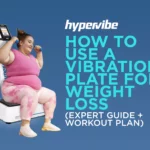
Here’s how we use a vibration plate for weight loss...
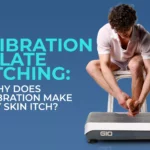
Many people, especially beginners, notice an itchy or tingling “pins-and-needles”...
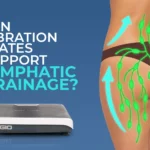
Yes, Vibration Plates or Whole Body Vibration (WBV) platforms, promote...

The lymphatic system, also called the lymphoid system, is an...
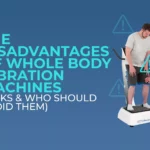
Are vibration machines bad for you? Yes, if used incorrectly....